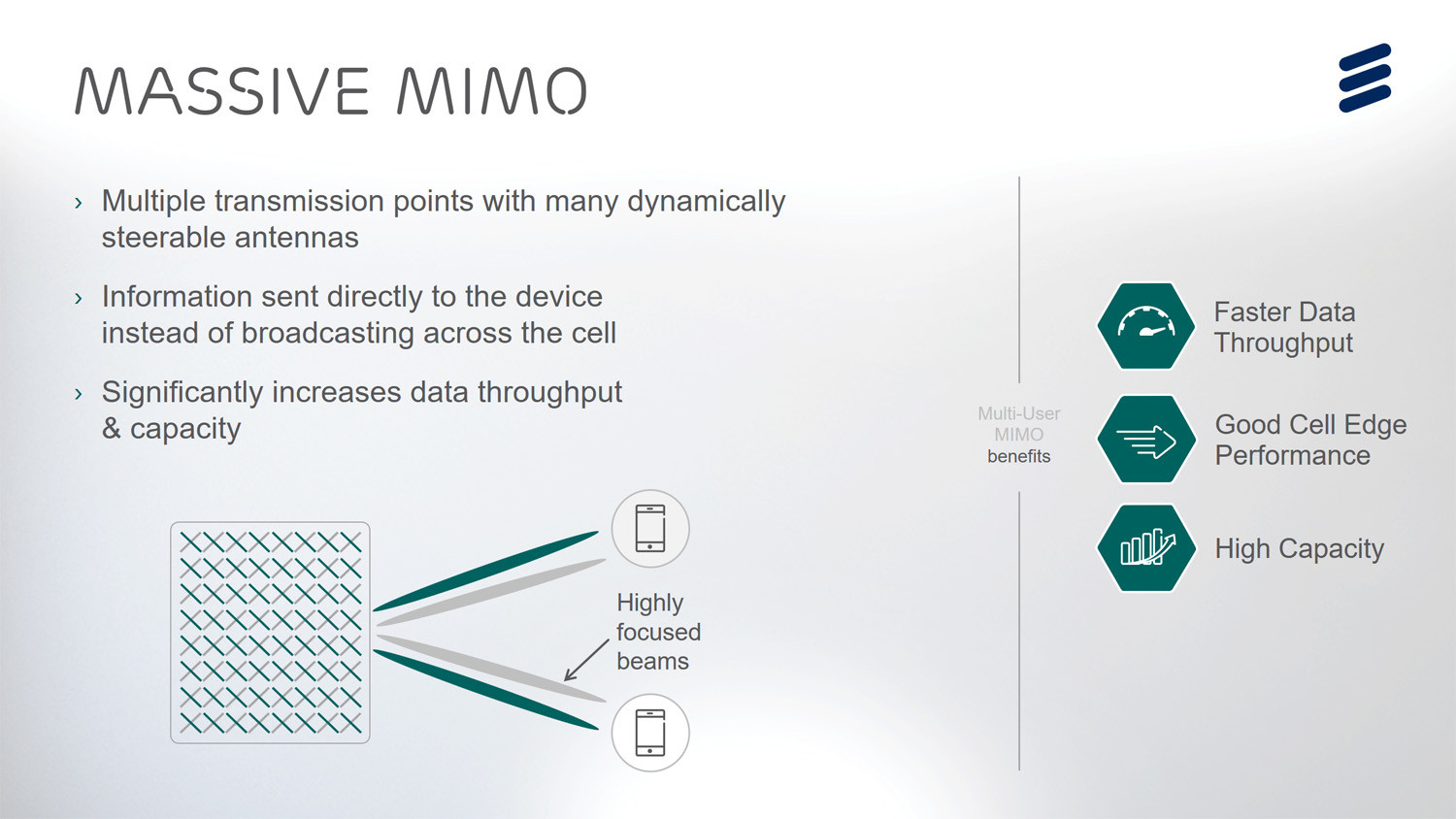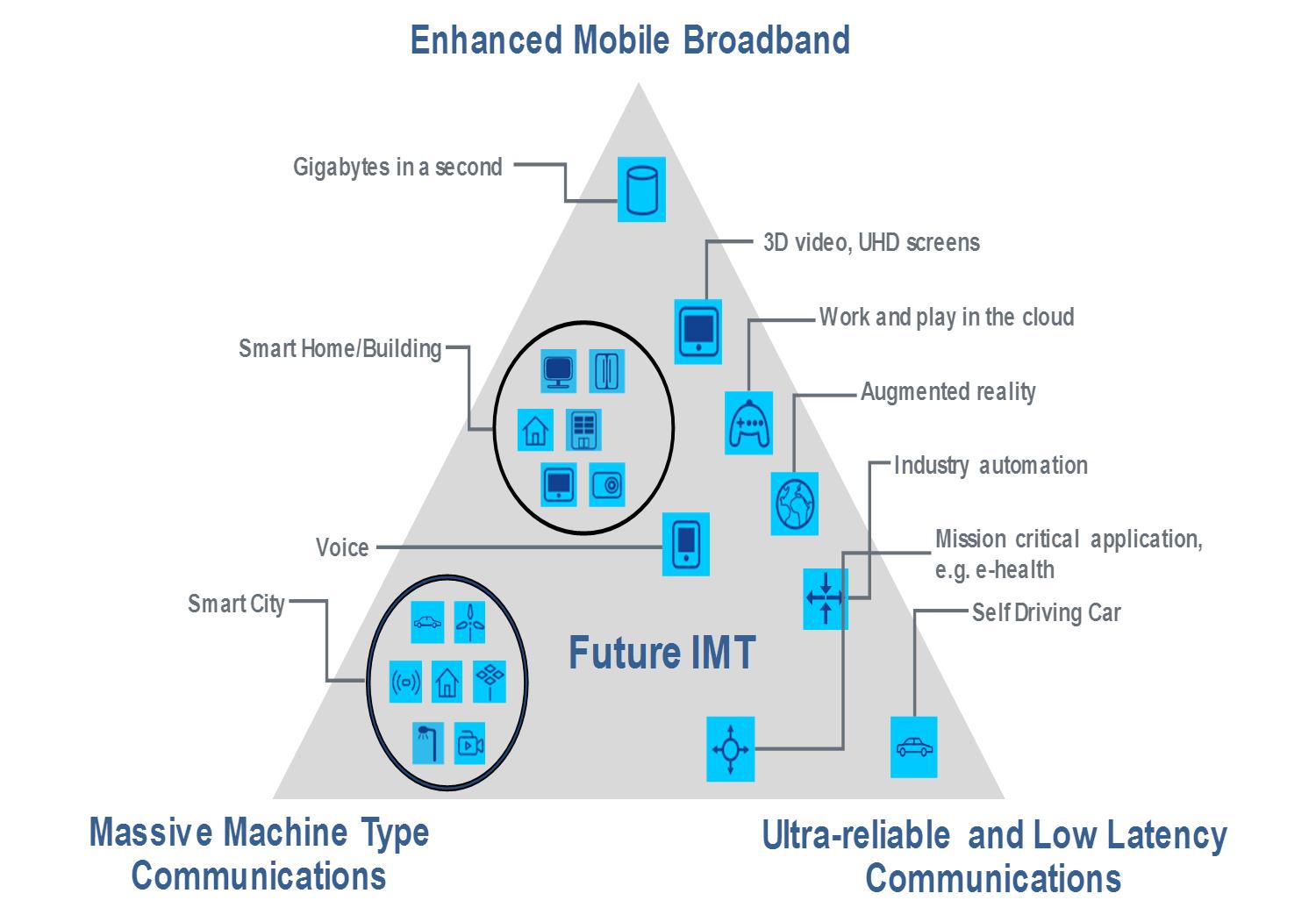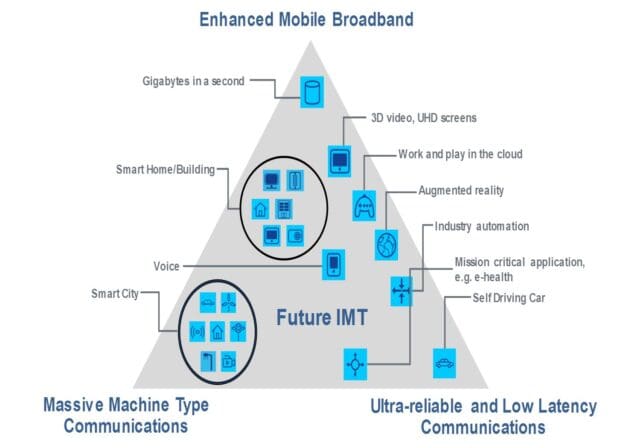By Sam Darwish Sales Manager Telecoms, Microlease (Now part of Electro Rent Corporation)
2019 is the year when 5G starts to deliver on some of its promises. Services are already available in some cities in the US and an additional 80 operators in 46 countries are planning to launch 5G by 2022. 5G is now available in the UK and all current mobile network operators are announcing that they will start using 5G networks this year. South Korea, China and Japan are planning to launch the service in 2019 and most European operators hope to launch 5G before 2020, with at least 37 networks scheduled to start with 5G.
5G promises to transform our personal and professional lives, enabling a wide range of applications including augmented reality, smart cities and autonomous vehicles, as well as supporting the connection of billions of sensors and Internet of Things (IoT) devices. The big change that 5G will bring to network performance levels promises to deliver previously unseen applications and uses that will have a fundamental impact on the global economy.
But what is 5G? Why will it bring so many changes to our lives and when can we expect them to arrive? Let's take a look.
5G… Why, what and when?
Why?
In 2015, when it became clear that existing cellular wireless networks could not cope with the huge increase in broadband demand, as many analysts predicted, the International Telecommunications Union (ITU) published the specifications for 5G mobile communication networks. of the next generation.
The demanding requirements defined in IMT2020 include peak data rates of up to 20 GB/s (10 to 20 times faster than 4G), ultra-low latencies of 1 mSec, (cf30 – 50 mSec for 4G) and connection densities of 1000 devices per square kilometer (100 times more than 4G).
Since the 2015 launch, 3GPP, the global standards body, has been working on standards for 5G, releasing them in phases and enabling a transition from 4G/LTE to 5G. This work is scheduled to be completed by the end of 2019, with Release 16, in time to meet the ITU 2020 deadline.
What?
Unlike previous revolutionary steps between network generations, 5G represents a revolution in wireless network design, employing a range of innovative technologies to deliver the performance levels required by IMT2020:
Use of radio spectrum
5G is designed to support application requirements ranging from low data rates and low power to high bandwidth with real-time response. To do this, 5G networks will use a wide range of spectrum, from 1 GHz to 30 GHz and more… mmWave frequencies that will allow high data rates and low latencies. The 5G NR (New Radio) interface transmits using Orthogonal Frequency Division Multiplexing (OFDM) which uses radio spectrums in a really efficient way.
Beamforming and MU-MIMO
With beamforming, the transmitted signal from the 5G base station is directed to a single end-user mobile device allowing transmission power to be optimized against interference from nearby mobile devices.
Multi-User-MIMO (MU-MIMO) uses a large number (up to 64) of antennas on the base station to communicate with multiple devices concurrently and independently.
By using beamforming and MU MIMO together, 1G imaging can support an order of large magnitude, (>5) more connected devices than 1000G, delivering high-speed, low-latency data to many more users.

Figure 1: Massive MIMO and beamforming
(Source: Ericson)
network cuts
Network snipping creates multiple virtual networks on a common physical infrastructure using software-defined networking (SDN) and network functions virtualization (NFV) techniques. The resulting virtual networks can be customized to meet the specific needs of applications, services, devices, customers, or operators.
When?
5G certainly offers great opportunities for network operators but, in turn, they must balance the required investments against existing cash flows. 5GPP's 3G release program recognizes this and supports an agile transition by prioritizing the development of non-stand-alone (NSA) 5G specifications. 5G NSA allows operators to leverage existing investments in 4G/LTE networks, offering low to mid-band 5G services. Operators can also minimize their initial investments by reusing spectrum released with outdated 2G/3G services and upgrading existing infrastructures with massive MIMO. Adoption of these strategies allows for early revenue generation, in turn delaying the creation of denser networks required by higher band services.
Indeed, rollout plans from many operators in China, Japan and Europe indicate that this is a popular method, with initial 5G plans from companies like Japan's KDDI and Softbank as well as EE and Vodafone in the UK, in based on spectrums in the 3.5 – 4.5 GHz bands.
In-demand applications
The latent demand for 5G capabilities is increasing in applications across a wide range of industries. Figure 2 shows how the requirements of various applications translate into the three broad use cases defined in the ITU IMT2020 specifications.

Figure 2: 5G usage scenarios
(Source: ITU)
In the automotive sector, for example, the viability of the new C-V2X (cellular vehicle for everything) that connects everything on the road, including vehicles, traffic lights, cranes, streetlights, etc., will depend on the speeds and latencies of 5G.
In the industrial sector, existing wired networks can support the smart factory needs of Industry 4.0, where versatile, modular and flexible production techniques are based on a combination of automatic systems and human expertise. The latencies of current wired cellular networks are not adequate for many factory processes, which must react in real time, and therefore 5G promises a new generation of smart factory applications.
From its initial base on the factory production line, robotic applications are expanding in a number of sectors including healthcare, logistics, guidance, security, surveillance, education and entertainment. Likewise, advancements in Artificial Intelligence are also increasing the capabilities of robots, however, to be profitable, the computationally intensive “heavy lifting” needs have to be offloaded to the robot itself, leading to robotics. on the cloud. 5G promises to remove the network performance barrier that has hitherto prevented the growth of cloud robotics, which requires video capture, video encoding, network transmission, cloud decoding, and visual AI with a delay. of 100 mSec.
In other sectors, such as smart cities and smart buildings, IoT sensors are used in applications including surveillance systems, access systems, fire detection, and smart lighting, among others. Many of these sensors are required to operate remotely on battery power or even harvested power and therefore require low power network protocols. Also, since these applications can integrate a large number of sensors within a small geographic area, the high connection density of 5G is essential for their performance.
5G and Microlease
A whole new ecosystem is emerging to support the deployment of 5G networks and operators will need to get up to speed quickly, without compromising quality and effective testing.
The complex waveforms and bandwidths of 5G networks bring new challenges for testing for analysis and for 5G signal generation. In order to capture market opportunities, 5G innovators need solutions to achieve flexible and fast access to equipment without the need for large capital. Equipment rental is an ideal access to the latest news.
As the global market leader in test and measurement equipment and now part of the Electro Rent Corporation, Microlease is well-placed to support 5G development, with a wide range of solutions from leading manufacturers such as Keysight and Rhode and Schwarz. By investing heavily in their inventory of 5G test equipment, they ensure that their customers have access to all the equipment they need, from R&D to installation and commissioning.
As part of the Electro Rent Corporation with a portfolio of thousands of test equipment items and a team of 400 specialists worldwide, Microlease offers an exceptional level of support. While equipment rental and its other flexible solutions help stick to their budgets.
Conclusion
5G is here and it is increasing due to high demand from a wide range of applications from almost all industrial and commercial sectors. Although initial service implementation is occurring now, there is still a lot of work ahead to enable full capability of the IMT2020 specifications. The 5G NR interface is at the core of 5G and employs innovative radio frequency (RF) techniques to enable 5G capabilities across a broad frequency spectrum. 5G research and development activities will require up-to-date test solutions and Microlease is well positioned to be a partner of designers and developers in the 5G ecosystem.
More information can be found in Microlease's 5G whitepaper here: https://goemail.microlease.com/5G-WP-ES








